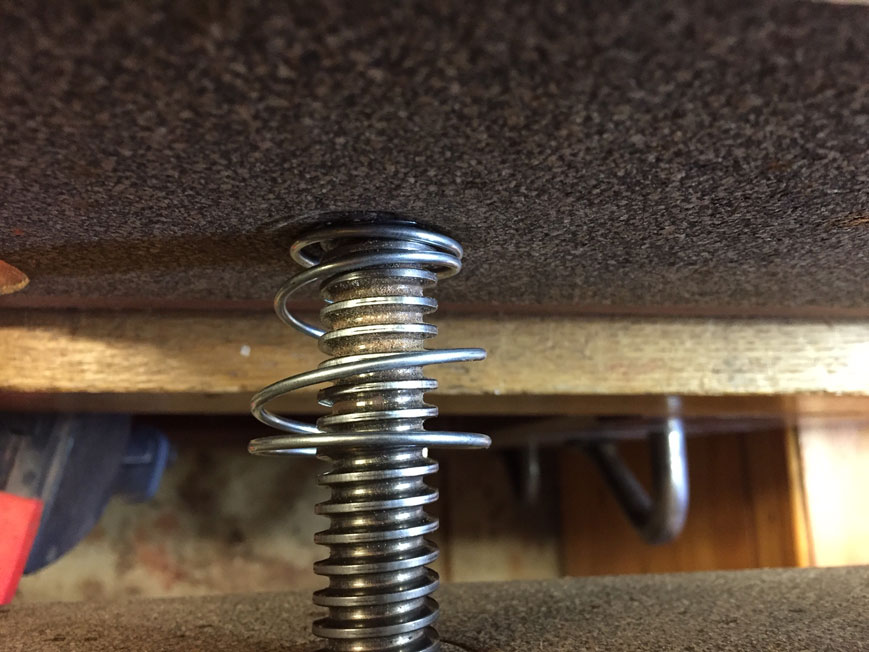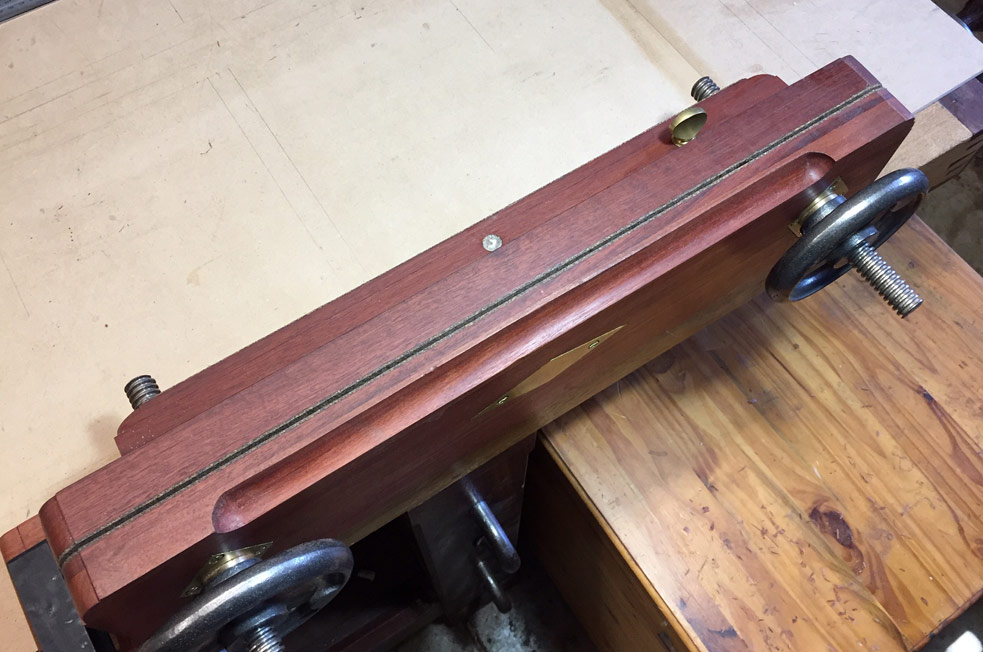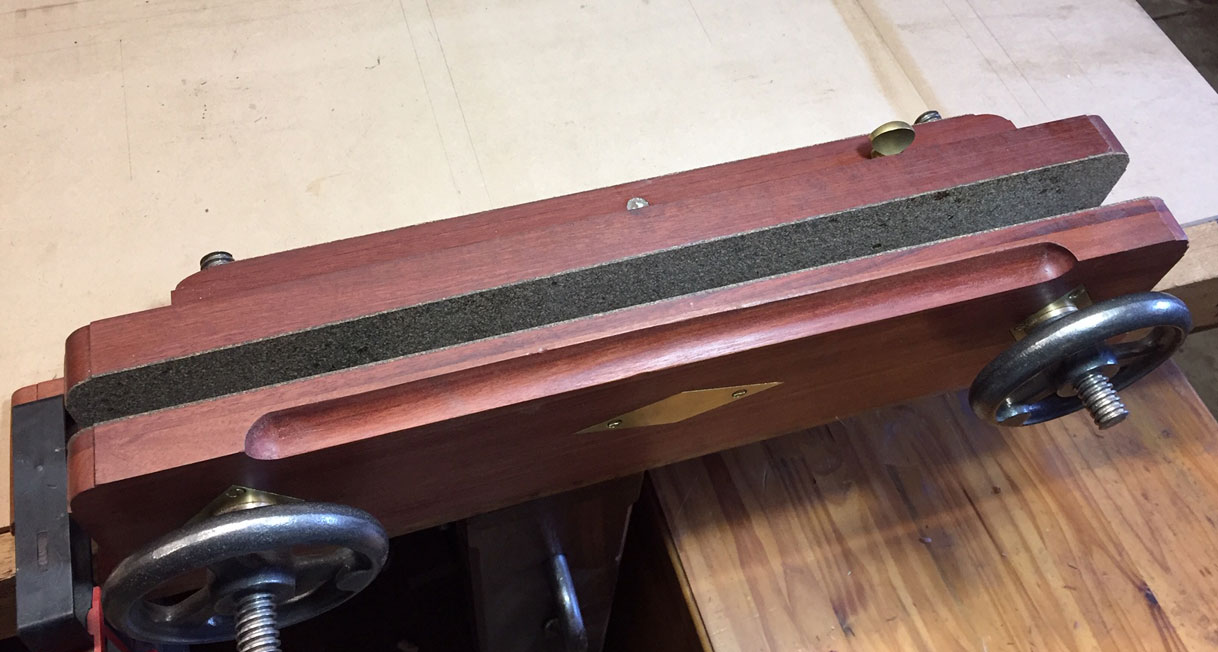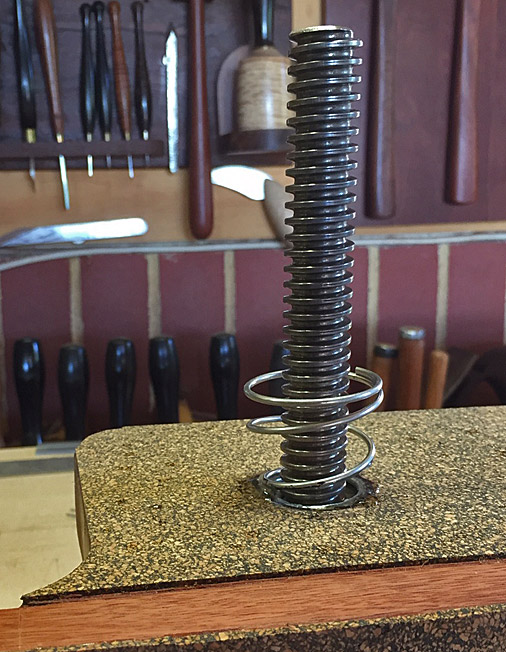Rather than sidetracking Chris' Moxon thread, I will respond to Tom's comment about springs for a Moxon here.
Tom wrote: Since the wood you used is thick I would suggest you get some springs from the hardware store and put the springs in between the jaws. The threaded rod should go through the hole in the spring. Spring (s) can be cut with a dremel tool if need be. If springs are cut I would recommend washers at the end of the springs to keep the spring ends from cutting into the wood.
The springs make the whole vise easier to work with.
Tom is referring to the springs first described (as far as I am aware) by David Barron a few years ago. I discovered this video some months back, and posted my version of the springs. I have not seen any else mention using springs. As Tom notes, they are really useful. This may be seen in my recent video on lipped dovetailed drawers (they performed transparently for me now, but it was brought to my attention that they were working well).
Video: https://www.youtube.com/watch?v=gk0pFLmS9Tk
This is David Barrons version ...
Note that David uses common "parallel" springs, that is, the sides of the springs are parallel.
Here's my chop with the springs I used ...
Note that they are triangular ...
David needed to drill a recess for his springs to fold into in order to close up his chop. With the triangular springs, they fold into themselves, and there is no difficulty closing the chop ...
What is the benefit? Well, as soon as you loosen a wheel, the chop opens up automatically. It also maintains the tension, that is, stays open, rather than flops about, as other chops tend to do. This makes it mush easier to open one side to the width of the board (to be dovetailed), and then use the other side to lock or unlock the chop ...
Where did I get these springs? I found them in my workshop! A lightbulb went off, and the rest is history, as they say.
Regards from Perth
Derek










 Reply With Quote
Reply With Quote







